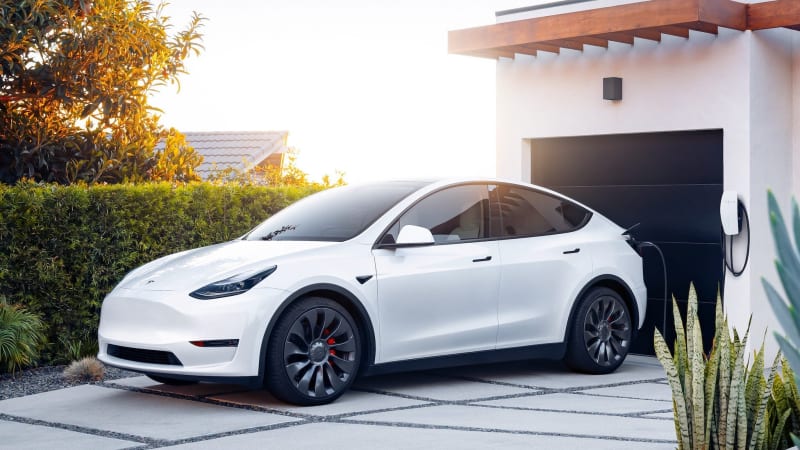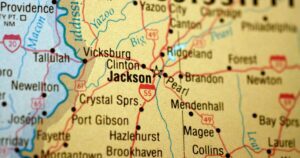Study: Electric cars make utility bills cheaper for everyone

The
Tesla Model Y.
Tesla
Electric cars are helping push electricity rates down in the US, according to a new study.
They bring lots of revenue to utility companies, but don’t cost much to provide energy to.
Since utilities can’t reap unlimited profits, EVs help push rates down.
Owners of electric vehicles aren’t just cutting their own carbon footprints — they’re also helping lower utility bills for everyone else, according to a recent study funded by the Natural Resources Defense Council.
Researchers at Synapse Energy Economics zeroed in on three California utilities that serve lots of households with electric cars (more than 735,000 at the end of 2021). They compared the costs of providing energy to those EVs with the revenue customers generated and found that from 2012 to 2021, EV owners netted utilities $1.7 billion in pure profit.
Revenues and costs of EV charging.
Synapse Energy Economics
So utilities and their shareholders are getting rich off of Tesla drivers? Not quite: Since utilities are highly regulated and revenue-capped, they need to return excess profits to their customers in the form of lower rates. (In California and some other states, this is done through a mechanism called “revenue decoupling.”)
The key here is that although EV customers use significantly more electricity than others, they’re relatively cheap for utilities to serve when considering the costs of energy generation, transmission, and distribution. A big part of it is that drivers tend to charge their cars during off-peak hours — like overnight — when there’s lots of spare grid capacity and utilities can provide electricity cheaply.
“Because electric vehicles don’t add a lot of additional capacity costs, because they’re primarily charging off-peak, what they’re doing is they’re more efficiently using the electric grid infrastructure,” Melissa Whited, one of the study’s authors, told Insider.
In an alternate reality where EV owners consumed most of their electricity during times of peak demand, they’d necessitate costly investments in power transmission and the use of expensive-to-run “peaker” power plants. But in our reality, the opposite is true.
To arrive at the $1.7 billion figure, researchers assumed that EV owners were billed a higher rate than other customers, in accordance with California’s tiered-rate system that hikes prices for bigger energy consumers. The results could be different in other regions, Whited said.
Other studies have reached similar conclusions. A 2021 report from MJ Bradley & Associates, a consulting firm focused on environmental issues, found that more EVs charging in Nevada could drop each household’s yearly utility bill by $123 by 2050.
Related video:







